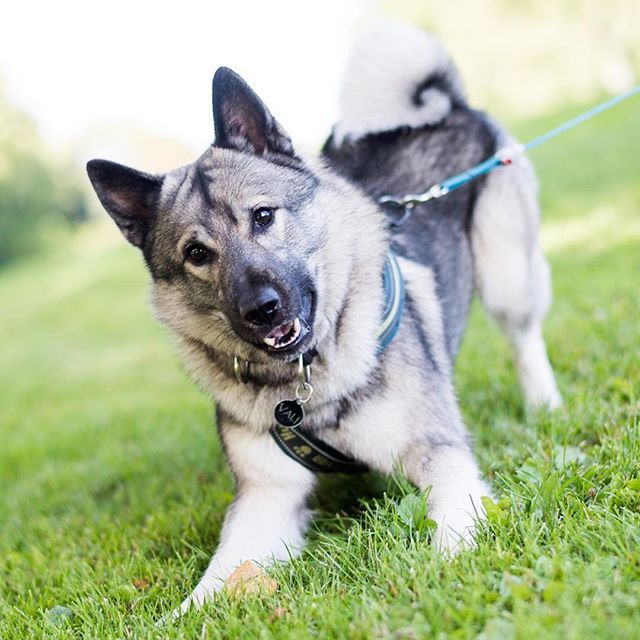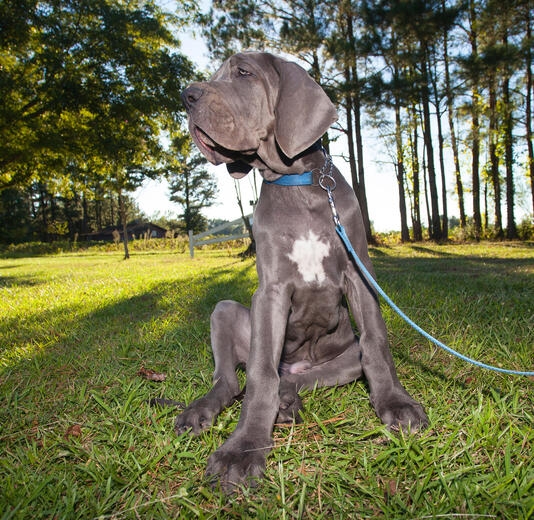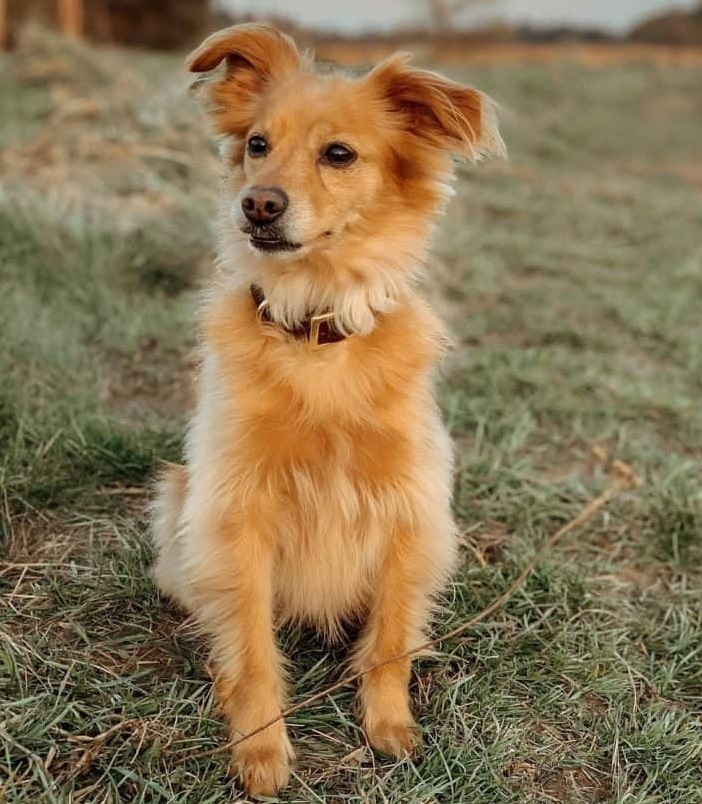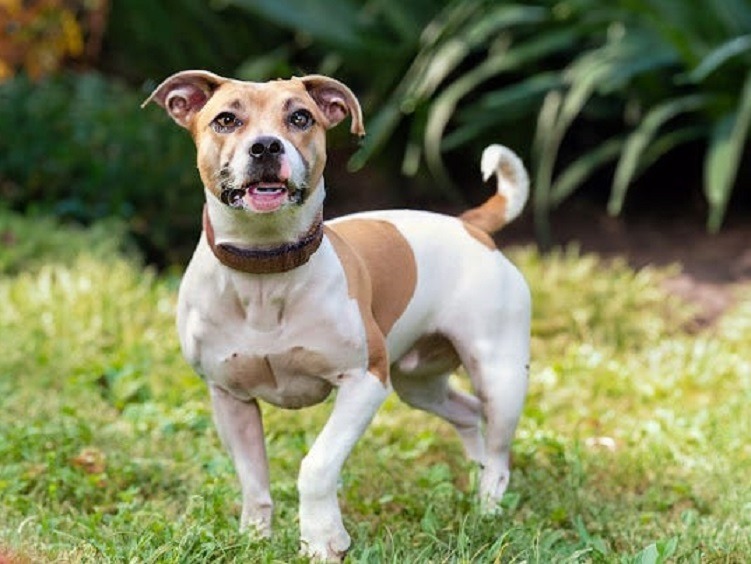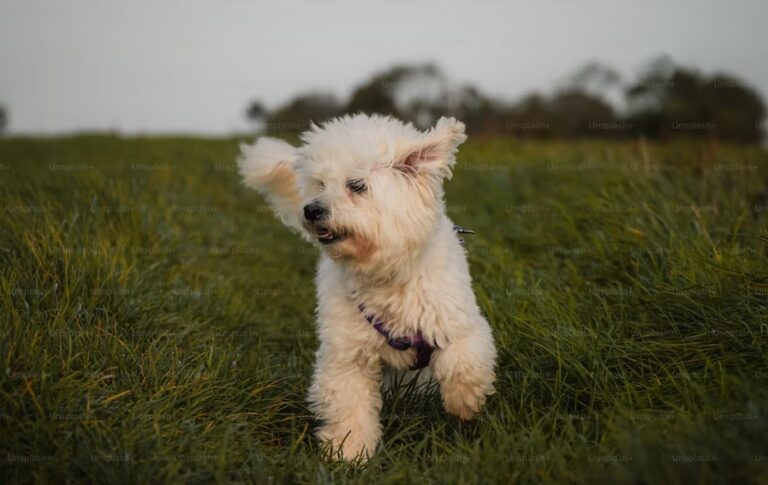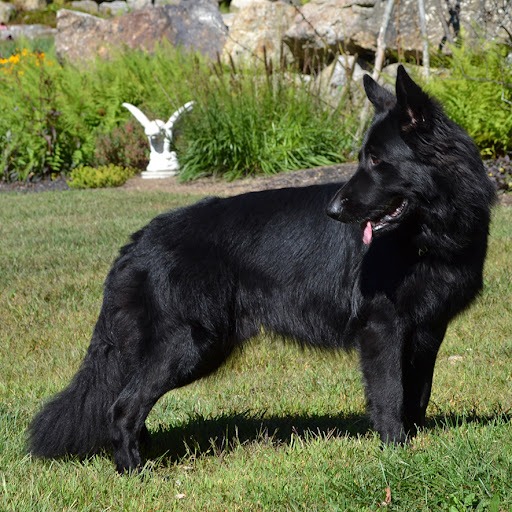Norwegian Elkhounds are an extraordinary breed of dogs known for their versatility and fearlessness as hunters. Originating from Norway, these dogs have been extensively used for hunting large game, particularly elk, for centuries. With their strong and agile bodies, sharp intelligence, and remarkable tracking abilities, Norwegian Elkhounds are highly regarded as hunting companions. In addition to their hunting skills, they are also valued for their loyalty, affectionate nature, and adaptability, making them ideal family pets. In this article, we will explore the characteristics, history, and unique qualities of Norwegian Elkhounds that contribute to their reputation as versatile and fearless hunters.
Overview of Norwegian Elkhounds
History and Origin
The Norwegian Elkhound is a breed of dog that hails from Norway, as the name suggests. This ancient and noble breed has a rich history that dates back thousands of years. The Norwegian Elkhound was initially developed by the Vikings who needed a versatile and fearless hunting companion that could help them track and hunt large game, particularly elk and other large game animals native to the Scandinavian region.
Physical Characteristics
Norwegian Elkhounds are medium-sized dogs with a strong and sturdy build. They have a well-proportioned body and a compact structure, making them agile and capable of navigating rough terrains. One of their notable physical features is their thick double coat, which consists of a dense undercoat and a coarse outer coat. This coat provides excellent insulation and protection against harsh weather conditions.
Their head is broad and wedge-shaped, with a distinct stop between the forehead and the muzzle. Norwegian Elkhounds have dark, almond-shaped eyes that exude intelligence and curiosity. Their ears are erect and stand tall, enhancing their alert and attentive expression.
These dogs have a straight back and a high-set tail, which they carry curled over their back. The tail serves as a visual indicator of their excitement and mood. When relaxed, the tail is often carried low, while a raised tail signifies alertness or enthusiasm.
Norwegian Elkhounds have a characteristic gray coloration, often referred to as “wolf-gray.” This unique coat color gives them a striking appearance, making them easily recognizable. Some individuals may also have markings on the face and legs, typically in shades of black or silver.
Overall, the physical characteristics of Norwegian Elkhounds reflect their origins as versatile and fearless hunters. Their robust build, thick coat, and keen senses make them well-suited for endurance and agility in challenging hunting environments.
Hunting Abilities
Tracking Skills
Norwegian Elkhounds possess exceptional tracking skills which make them excellent hunters. With their keen sense of smell and ability to discern scents, these dogs can easily track down and locate their prey. Whether it’s a small game or a large elk, their tracking abilities are unmatched.
Loud and Distinctive Bark
One of the notable traits of Norwegian Elkhounds is their loud and distinctive bark. This characteristic comes in handy during hunting expeditions as it helps alert their human companions to the presence of game. Their bark is not only loud but also carries a unique tone that distinguishes it from other dog breeds, making it easily recognizable.
Fearlessness and Stamina
Norwegian Elkhounds are known for their fearlessness and stamina, which are essential qualities for successful hunting. These dogs fearlessly face formidable opponents and difficult terrains without hesitation. Their endurance and strength allow them to keep up with the demands of hunting for long periods without showing signs of fatigue.
In conclusion, Norwegian Elkhounds are versatile and fearless hunters, thanks to their exceptional hunting abilities. Their tracking skills, loud and distinctive bark, as well as their fearlessness and stamina, make them reliable companions during hunting expeditions.
Versatility as Working Dogs
Hunting Elks and Other Game
Norwegian Elkhounds have a long-standing reputation as skilled hunters. With their exceptional scenting abilities, agility, and fearlessness, they are well-suited for hunting elks and other game. These dogs have a strong prey drive and a keen sense of smell, allowing them to track and corner their prey with remarkable precision. Their medium-sized build and powerful legs enable them to navigate difficult terrains, making them an ideal companion for hunting in the rugged Norwegian wilderness.
Sled Pulling
Apart from their hunting skills, Norwegian Elkhounds are also proficient in sled pulling. Their stamina, endurance, and muscular build make them well-equipped for this task. Historically, these dogs were used by the Sami people, indigenous to the Arctic regions, to transport goods and supplies over long distances. Norwegian Elkhounds can effortlessly pull heavy sleds through snow-covered landscapes, making them indispensable in areas with harsh weather conditions.
Search and Rescue
In addition to their hunting and sled pulling abilities, Norwegian Elkhounds excel in search and rescue operations. These dogs possess a remarkable sense of smell, enabling them to detect human scent even in the most challenging situations. Their agility and determination make them adept at navigating difficult terrains during rescue missions. Norwegian Elkhounds have been utilized in various search and rescue operations, including locating missing persons, avalanche victims, and even survivors trapped under debris.
The versatility of Norwegian Elkhounds as working dogs is truly impressive. Whether it’s hunting elks and other game, pulling sleds, or participating in search and rescue missions, these dogs consistently demonstrate their fearlessness, intelligence, and unwavering commitment to their tasks.
Temperament and Training
Independent and Intelligent
Norwegian Elkhounds are known for their independent and intelligent nature. These dogs have a strong sense of individuality and can often be quite stubborn. This can make training a bit challenging at times, as they may not always be eager to please their owners. However, their intelligence also means that they are quick learners and can pick up commands and tricks with ease. It is important to approach training sessions with patience, consistency, and positive reinforcement to keep these dogs engaged and motivated.
Sociable and Friendly
Despite their hunting background, Norwegian Elkhounds are surprisingly sociable and friendly dogs. They tend to get along well with people and other animals, making them great companions for families and households with multiple pets. Their friendly nature extends to strangers as well, although they may exhibit some reserved behavior initially. Early socialization is key to ensure that they grow up to be well-rounded and confident dogs. Exposing them to different environments, people, and situations from a young age will help them develop into friendly and sociable adults.
Training Considerations
When it comes to training Norwegian Elkhounds, there are a few considerations to keep in mind. Firstly, their independent nature means that they may not always be motivated by traditional reward-based training methods. It is important to find what motivates them, whether it be treats, toys, or praise, and use that as a positive reinforcement during training sessions.
Additionally, Norwegian Elkhounds have a strong hunting instinct, which can sometimes result in selective hearing during training. It is crucial to establish a solid recall command and practice it in various environments to ensure they respond reliably. This breed also benefits from mental stimulation, so incorporating puzzle toys and interactive games into their training routine can keep them engaged and mentally stimulated.
Overall, training Norwegian Elkhounds requires patience, consistency, and understanding of their independent yet intelligent nature. With proper training and socialization, these versatile and fearless hunters can become well-behaved and obedient companions.
Health and Care
Common Health Issues
Norwegian Elkhounds are generally a healthy breed with few common health issues. However, it is important for owners to be aware of potential health concerns to ensure the well-being of their furry companions.
One common health issue that can affect Norwegian Elkhounds is hip dysplasia. This is a genetic condition where the hip joint doesn’t develop properly, causing pain and mobility issues. Regular exercise and maintaining a healthy weight can help minimize the risk of hip dysplasia in Norwegian Elkhounds.
Another health concern to watch out for is progressive retinal atrophy (PRA), a hereditary eye disease that can lead to vision loss and blindness. Regular eye check-ups with a veterinarian can help detect PRA early on and appropriate measures can be taken to manage or slow down its progression.
Additionally, Norwegian Elkhounds are prone to developing hypothyroidism, a condition where the thyroid gland doesn’t produce enough hormones. Symptoms of hypothyroidism include weight gain, lethargy, and skin problems. Regular blood tests can help diagnose and monitor this condition, and medication can be prescribed to manage it effectively.
Exercise and Grooming
Norwegian Elkhounds are an active breed that requires regular exercise to keep them physically and mentally stimulated. Daily walks, jogs, or play sessions in a securely fenced area are essential to prevent boredom and maintain their overall well-being. Engaging in activities such as obedience training, agility, or scent work can help fulfill their need for mental stimulation.
When it comes to grooming, Norwegian Elkhounds have a thick double coat that requires regular brushing to prevent matting and to remove loose hair. Weekly brushing is usually sufficient, but during shedding seasons, more frequent brushing may be necessary. Additionally, their ears should be checked regularly for signs of infection, and their nails should be trimmed regularly to prevent overgrowth and potential discomfort.
Nutrition and Diet
Providing a balanced and nutritious diet is crucial for the health and longevity of Norwegian Elkhounds. High-quality dog food that is specifically formulated for medium to large-sized breeds is recommended. The diet should consist of a proper balance of protein, carbohydrates, and fats to meet their energy needs.
It is important to feed Norwegian Elkhounds according to their age, weight, and activity level. Obesity can lead to various health issues, so it is essential to monitor their calorie intake and ensure they maintain a healthy weight. Regular feeding times and portion control are key factors in preventing overeating.
Additionally, fresh water should always be available to keep them hydrated. Treats should be given in moderation to avoid excessive weight gain and to maintain their dental health.
By prioritizing their health and providing proper care, Norwegian Elkhounds can live long, active, and happy lives. Regular veterinary check-ups, a balanced diet, exercise, and grooming will contribute to their overall well-being and ensure they remain versatile and fearless hunters.
Norwegian Elkhounds are truly remarkable dogs with a long history as versatile and fearless hunters. Their exceptional scenting abilities, agility, and determination make them highly effective in tracking and capturing large game, particularly elk. Beyond their hunting prowess, Norwegian Elkhounds are also known for their loyalty, intelligence, and loving nature, making them excellent companions and family pets. Whether in the field or at home, these dogs bring a unique combination of strength, adaptability, and affection that is truly unparalleled.

